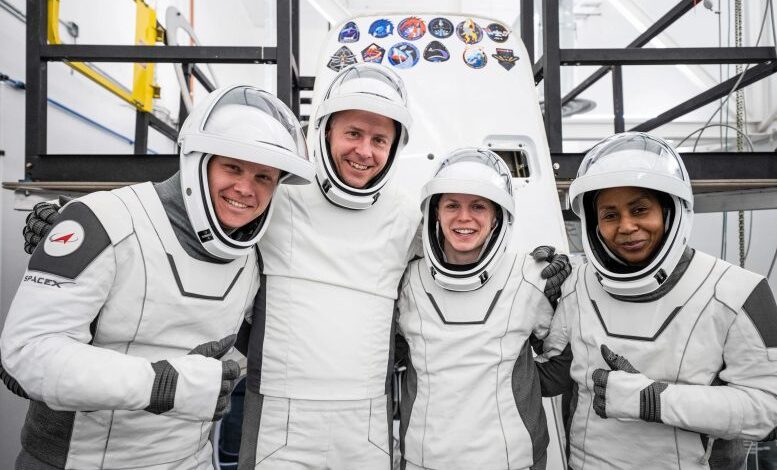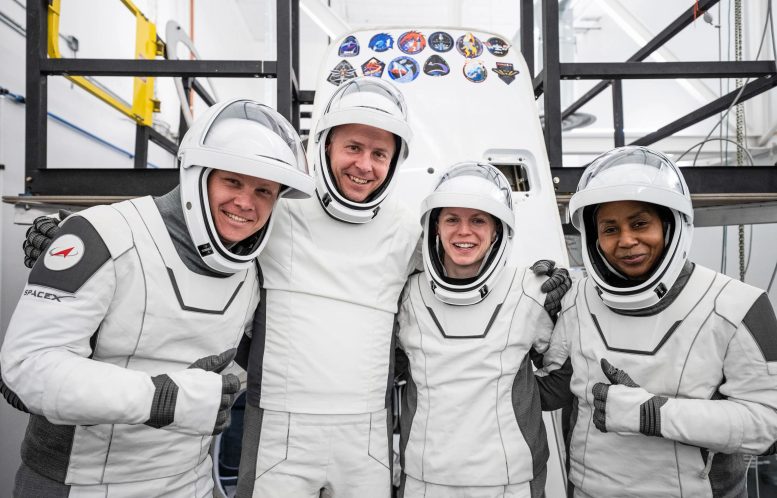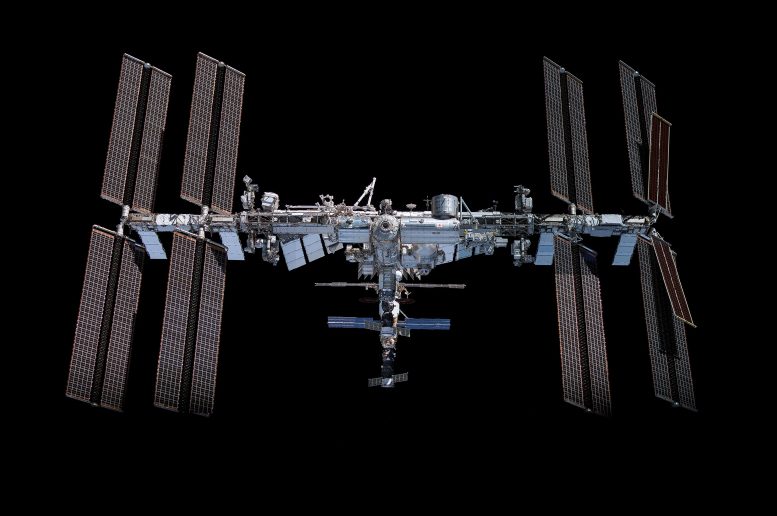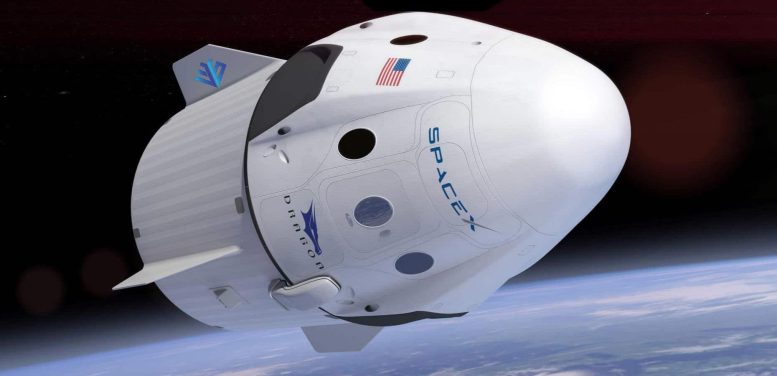Meet the Astronauts Behind NASA’s Historic SpaceX Mission


From right, members of NASA’s SpaceX Crew-9 crew Stephanie Wilson, mission specialist; Zena Cardman, commander; Nick Hague, pilot; and Roscosmos cosmonaut Alexander Gorbunov, mission specialist, pose for a group photo at SpaceX headquarters in Hawthorne, California, on Monday, May 6, 2024. Credit: SpaceX
NASA’s SpaceX Crew-9 mission, launching no earlier than August, includes astronauts Zena Cardman, Nick Hague, Stephanie Wilson, and cosmonaut Aleksandr Gorbunov. They will conduct various research and operational activities on the ISS, collaborating with the crews of Expedition 71 and 72 and the outgoing SpaceX Crew-8 team.
As part of NASA’s SpaceX Crew-9 mission, four crew members are preparing to launch to the International Space Station and conduct a wide-ranging set of operational and research activities for the benefit of all.
Launching aboard the Dragon spacecraft, NASA astronauts Commander Zena Cardman, Pilot Nick Hague, and Mission Specialist Stephanie Wilson, and Roscosmos cosmonaut Mission Specialist Aleksandr Gorbunov, will join Expedition 71 and 72 crew members no earlier than August. They will arrive at the space station for a short duration handover with NASA’s SpaceX Crew-8 mission.
The Dragon spacecraft, developed by SpaceX, is a versatile vehicle designed to transport cargo and crew to orbital destinations such as the International Space Station (ISS). It comes in two variants: Cargo Dragon and Crew Dragon. Crew Dragon, also known as Dragon 2, is equipped with advanced safety features and is capable of carrying up to seven astronauts. It features autonomous docking capabilities, a modern interior design, and can dock autonomously to the ISS or be piloted manually if necessary. The spacecraft also supports multiple reuses, aligning with SpaceX’s emphasis on cost-effective space travel through vehicle recyclability.

This mosaic depicts the International Space Station pictured from the SpaceX Crew Dragon Endeavour during a fly around of the orbiting lab that took place following its undocking from the Harmony module’s space-facing port on November 8, 2021. Credit: NASA
The International Space Station (ISS) is a large, habitable artificial satellite that orbits the Earth. It serves as a space environment research laboratory where scientific research is conducted in astrobiology, astronomy, meteorology, physics, and other fields. The ISS is a joint project involving five participating space agencies: NASA (United States), Roscosmos (Russia), JAXA (Japan), ESA (Europe), and CSA (Canada). Launched in 1998, it has been continuously inhabited since November 2000. The station travels at an average altitude of approximately 420 kilometers (about 261 miles) above Earth and offers a unique place for researchers to study the effects of long-term space exposure on the human body, among other research opportunities.



